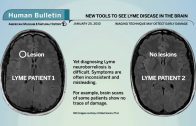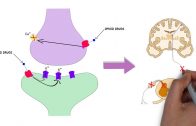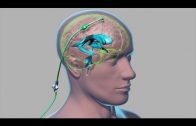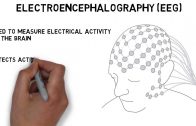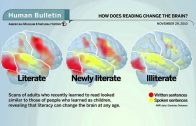Science Bulletins: New Tools Search for Lyme Disease in Brain
Lyme disease is caused by a bite of a tick infected with the bacteria Borrelia bergdorferi. Although it is common in some parts of the United States, it can be difficult to diagnose, and it can affect the brain and nervous system if left untreated. Different patients experience the disease in different ways, and they do not always show telltale symptoms of its presence. Brain imaging, for example, sometimes shows no trace of damage, or the damage appears similar to that of other neurological disorders.
Researchers at the Lyme Neuroborreliosis Center at NYU’s Langone Medical Center are now testing a new technique called magnetic resonance spectroscopy, or MRS, to help better diagnose Lyme disease and treat it sooner. MRS detects minute concentrations of telltale chemicals in the brain of Lyme patients that show up long before damage may appear on conventional scans.
For more information, visit http://www.amnh.org/sciencebulletins
This video and all media incorporated herein (including text, images, and audio) are the property of the American Museum of Natural History or its licensors, all rights reserved. The Museum has made this video available for your personal, educational use. You may not use this video, or any part of it, for commercial purposes, nor may you reproduce, distribute, publish, prepare derivative works from, or publicly display it without the prior written consent of the Museum.
© American Museum of Natural History, New York, NY
